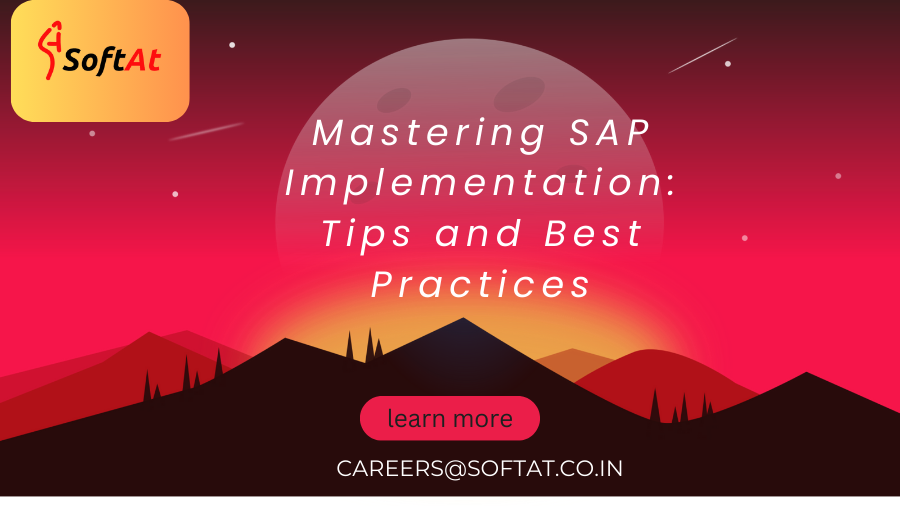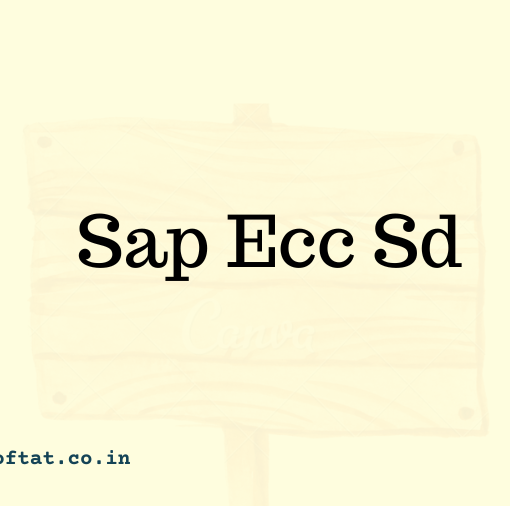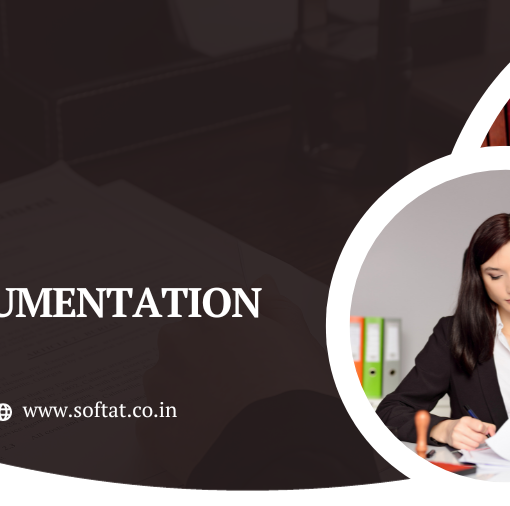Implementing SAP (Systems, Applications, and Products) is a significant undertaking for any organization. It promises improved efficiency, streamlined processes, and better business insights. However, SAP implementation can be complex, costly, and fraught with challenges if not executed correctly. To help you navigate this critical journey, we’ll delve into some tips and best practices for mastering SAP implementation.
1. Thorough Planning is Key:
Before you even think about installing SAP, invest time in comprehensive planning. Define clear objectives, expectations, and a roadmap for the implementation. Ensure that all stakeholders are aligned with the project’s goals.
2. Assemble the Right Team:
Your SAP implementation team is the cornerstone of success. Ensure that you have a mix of internal experts and experienced consultants who understand both SAP technology and your business processes.
3. Select the Right SAP Modules:
SAP offers a vast array of modules catering to different business needs. Choose the modules that align with your business goals. Avoid unnecessary complexity by implementing only what you need.
4. Data Quality Matters:
SAP relies heavily on data. Invest in data cleansing and quality assurance before migration. Accurate and clean data will make your SAP system more efficient and your reports more reliable.
5. Stay Agile:
Adopt an agile approach to SAP implementation. Break the project into manageable phases or iterations, allowing for adjustments and refinements along the way. This helps in mitigating risks and managing change more effectively.
6. Strong Change Management:
Prepare your organization for the changes SAP will bring. Communicate clearly with employees, offer training, and create a support system for addressing concerns and issues promptly.
7. Customization vs. Standardization:
SAP offers a high degree of customization, but it’s crucial to strike the right balance. Excessive customization can lead to increased complexity, longer implementation timelines, and higher costs. Prioritize standard SAP functionality where possible.
8. Testing, Testing, Testing:
Thoroughly test your SAP system before going live. This includes functional testing, integration testing, and user acceptance testing. Identifying and fixing issues in the testing phase is far more cost-effective than after implementation.
9. Documentation and Training:
Create comprehensive documentation for your SAP system, including process manuals and user guides. Offer ongoing training and refresher courses to ensure users are proficient with the new system.
10. Monitor and Optimize:
Once your SAP system is live, don’t consider it a ‘set it and forget it’ scenario. Continuously monitor system performance, user feedback, and business outcomes. Regularly optimize your SAP system to adapt to changing business needs.
11. Data Security and Compliance:
Pay careful attention to data security and compliance requirements. SAP systems often contain sensitive information, and ensuring its protection is paramount. Keep your SAP system updated with security patches and configurations.
12. Engage with the SAP Community:
The SAP community is a valuable resource. Engage in forums, attend conferences, and network with other SAP professionals. You can learn from their experiences and stay updated on best practices and emerging trends.
Conclusion
Mastering SAP implementation is a journey that requires meticulous planning, the right team, and a commitment to ongoing improvement. By following these tips and best practices, you can increase your chances of a successful SAP implementation that delivers tangible benefits to your organization. Remember that SAP implementation is not a one-time project but an ongoing process that evolves with your business. Stay agile, embrace change, and keep your SAP system aligned with your organization’s ever-changing needs.





